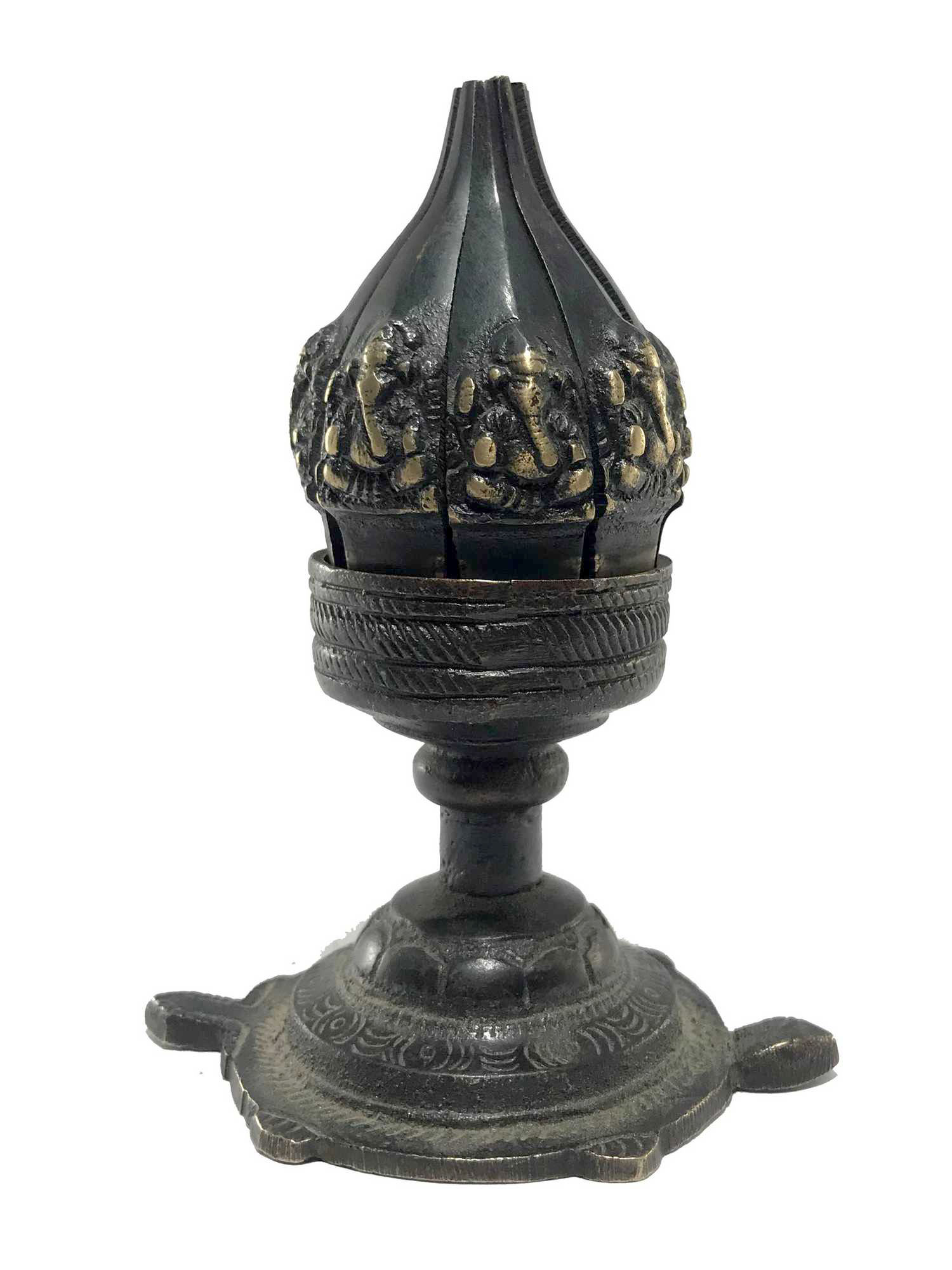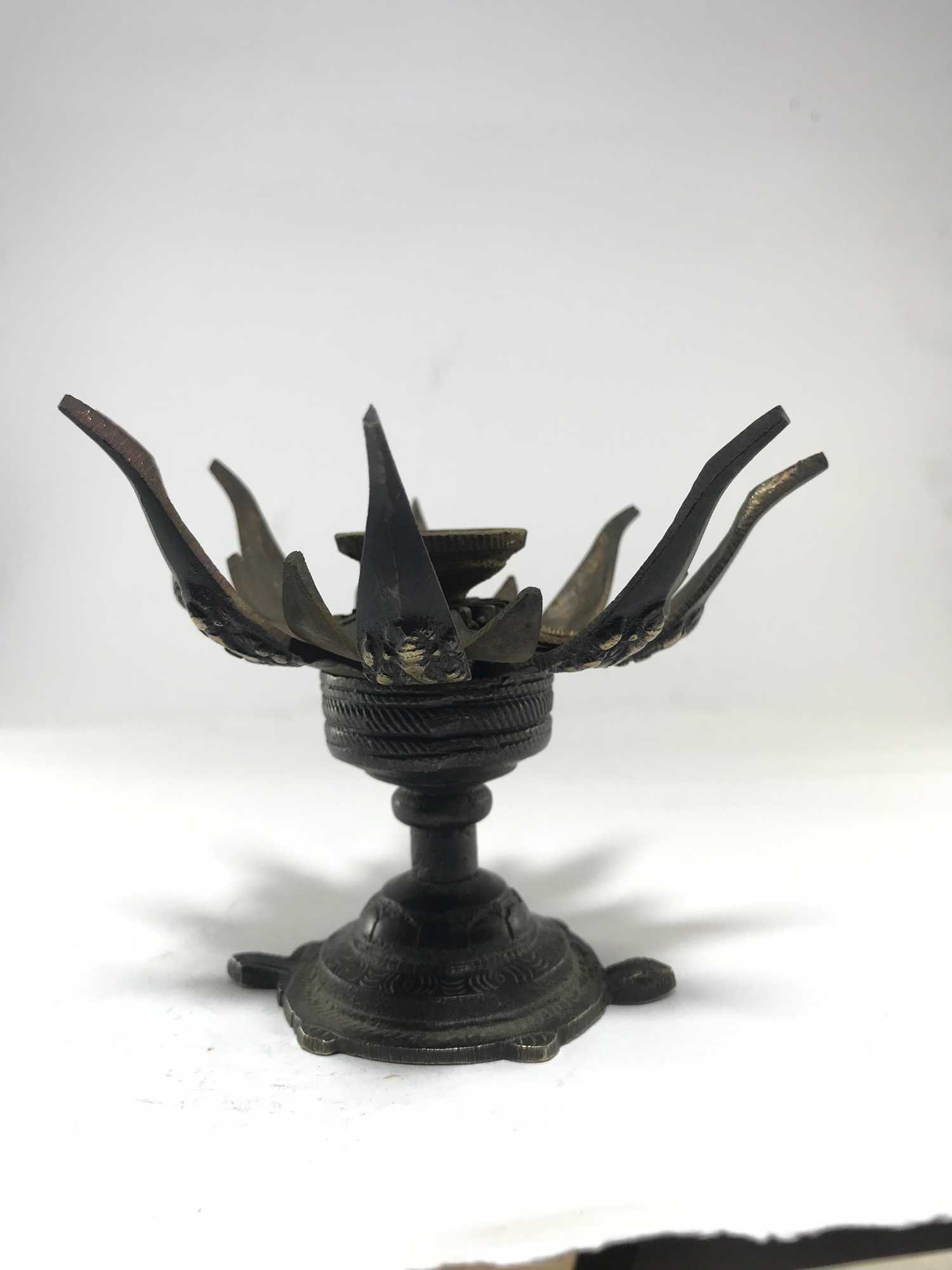Code
HCS16332
Weight
870 gm / 1.92 lbs
Size
Height
9.5cm (4") Width
12cm (5") Depth
5cm (2") Material
Brass
Availability
Available
Date Added
2019-08-07 01:51:08
Note : We used to sell this product 6 years ago so it may no longer be in our stock.
It is possible that we still have it with our suppliers but the price could be different from before.
Feel free to order. We will verify availability and inform you promptly.
It is possible that we still have it with our suppliers but the price could be different from before.
Feel free to order. We will verify availability and inform you promptly.

Safe Payment
We accept Paypal, Money Transfer, Bank Transfer
Confidence
Protection covers your purchase and personal data.
Worldwide Delivery
We ship Worldwide, except Russia.Shipping cost US$25.2 for upto 0.5 kgs

Hotline
Talk to help line for your question on 9841267335Process: Sand Casting
This Statue Of Elephant has been created using the sand casting system, also known as sand molding casting. This widely employed manufacturing process utilizes a sand mold to produce metal products and components in various sizes and shapes. Sand casting holds significant popularity in the industry, accounting for approximately 60% of all metal castings. The sand casting process involves six primary steps. First, a pattern or replica of the desired sculpture, in this case, Statue Of Elephant, is created using a material like wood or metal. The pattern is then placed in a flask, which is a box-like structure divided into two halves. The next step involves packing the flask tightly with specially formulated molding sand, creating a mold cavity that matches the shape of the pattern. The pattern is subsequently removed, leaving behind a negative impression of the sculpture within the sand mold. Read More . . .
This Statue Of Elephant has been created using the sand casting system, also known as sand molding casting. This widely employed manufacturing process utilizes a sand mold to produce metal products and components in various sizes and shapes. Sand casting holds significant popularity in the industry, accounting for approximately 60% of all metal castings. The sand casting process involves six primary steps. First, a pattern or replica of the desired sculpture, in this case, Statue Of Elephant, is created using a material like wood or metal. The pattern is then placed in a flask, which is a box-like structure divided into two halves. The next step involves packing the flask tightly with specially formulated molding sand, creating a mold cavity that matches the shape of the pattern. The pattern is subsequently removed, leaving behind a negative impression of the sculpture within the sand mold. Read More . . .
Brief Introduction :
These are various form of animal statue used in asian and nepali homes for religious, or decorative propose. They might not have any religious links so they can be use as a decorative items for you household and is not required to be worshiped useless you purchase it with an intentions of religious belief



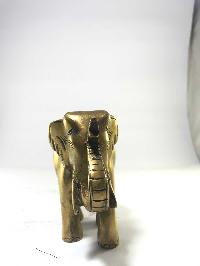
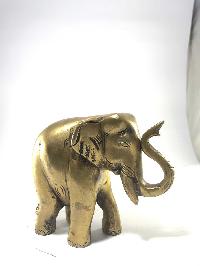
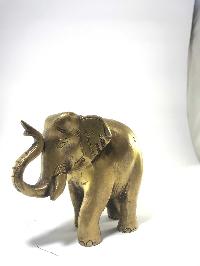

 of Shehnai Player
of Shehnai Player 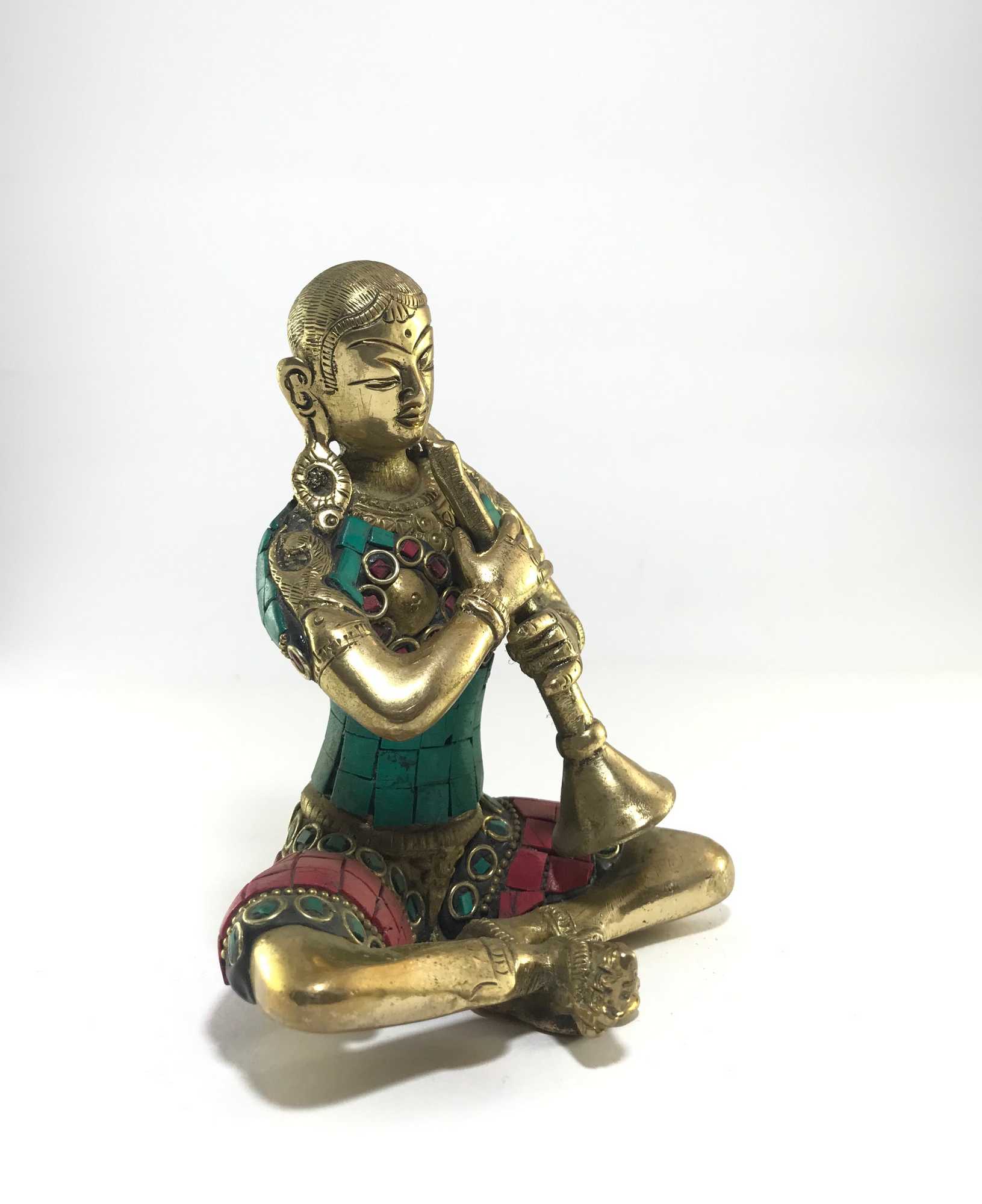 of Shehnai Player
of Shehnai Player  of Sai Baba In Glossy Finishing" title="Statue
of Sai Baba In Glossy Finishing" title="Statue 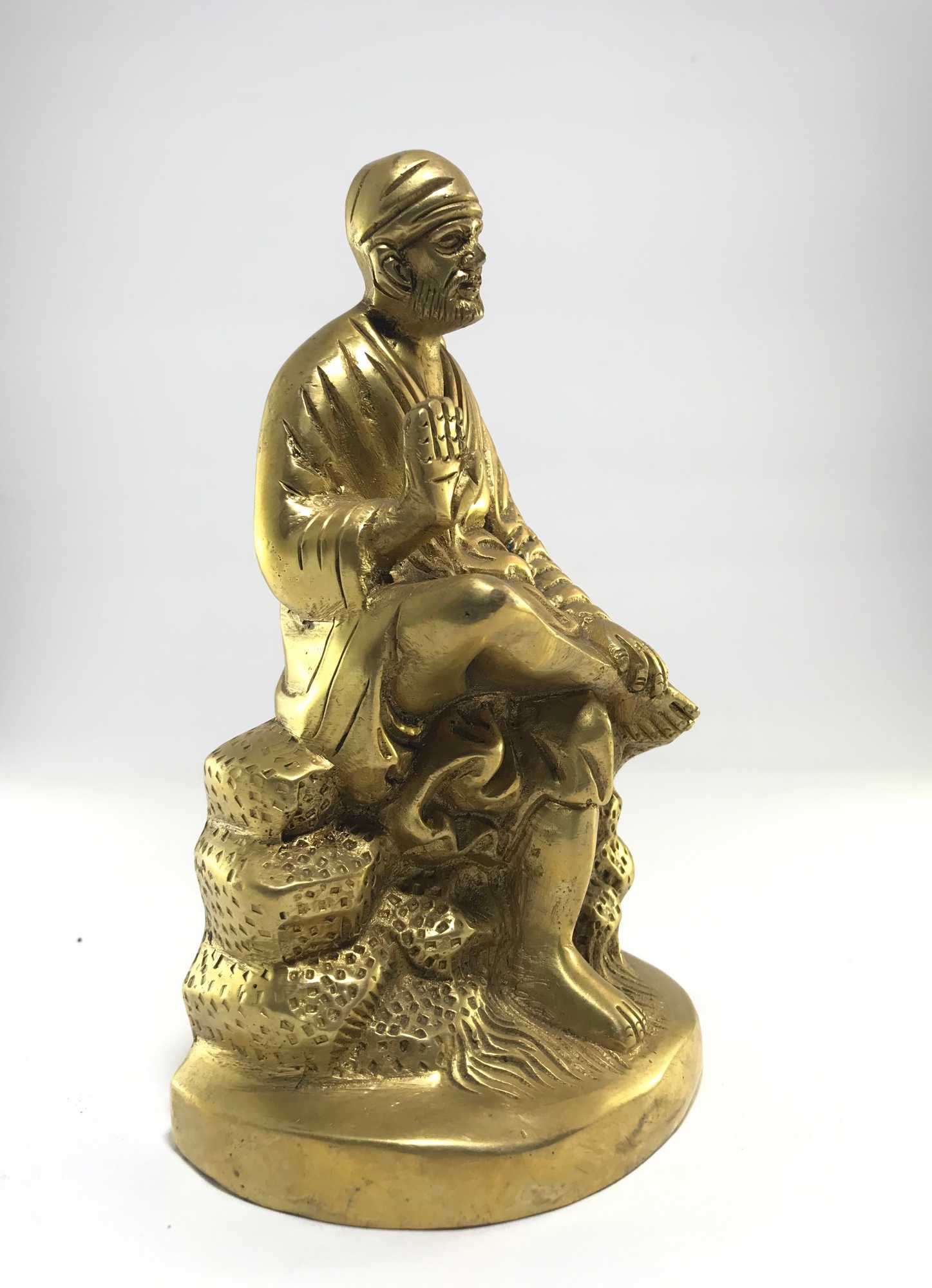 of Sai Baba In Glossy Finishing" title="Statue
of Sai Baba In Glossy Finishing" title="Statue 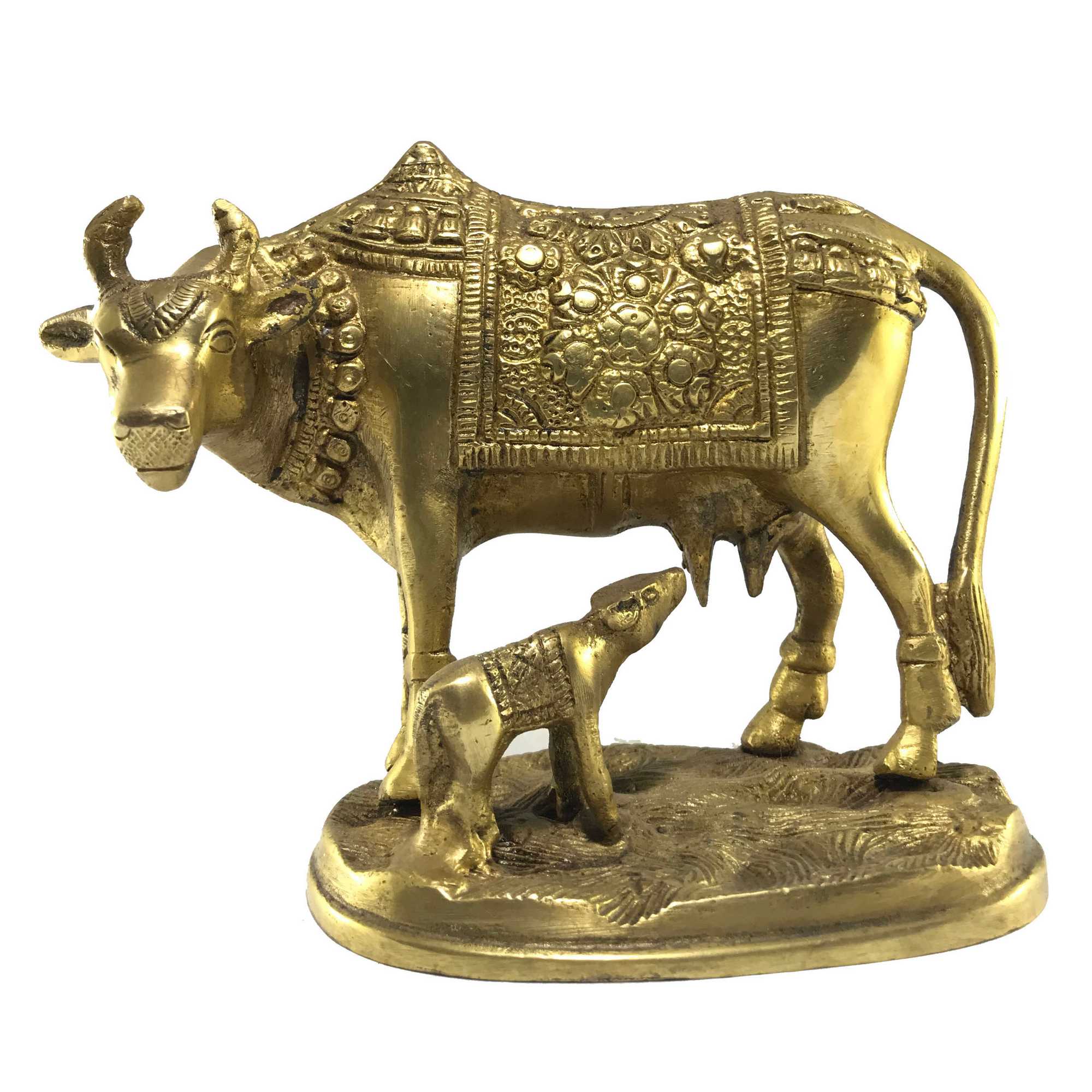 of Kamadhenu Cow" title="Statue
of Kamadhenu Cow" title="Statue 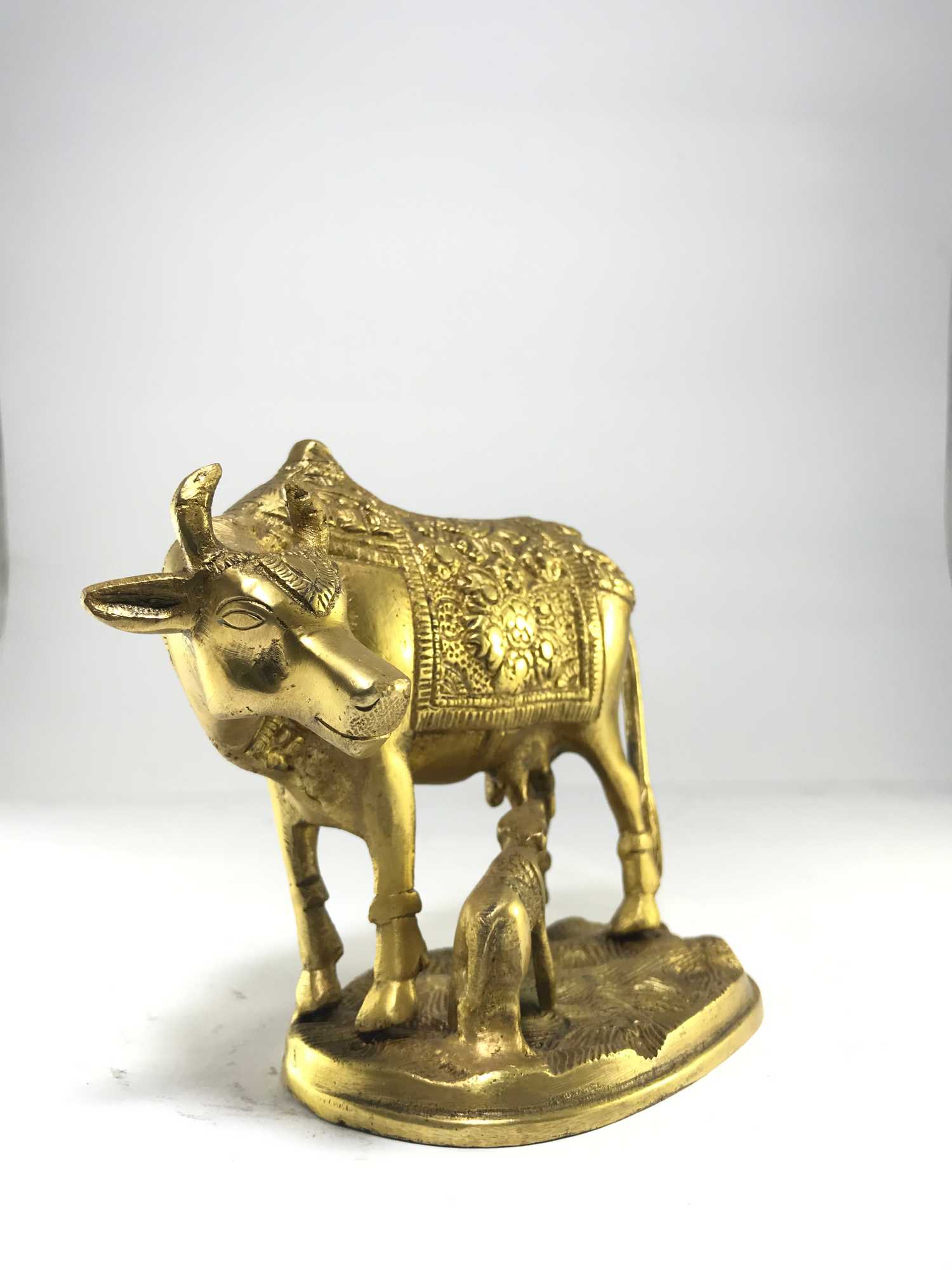 of Kamadhenu Cow" title="Statue
of Kamadhenu Cow" title="Statue 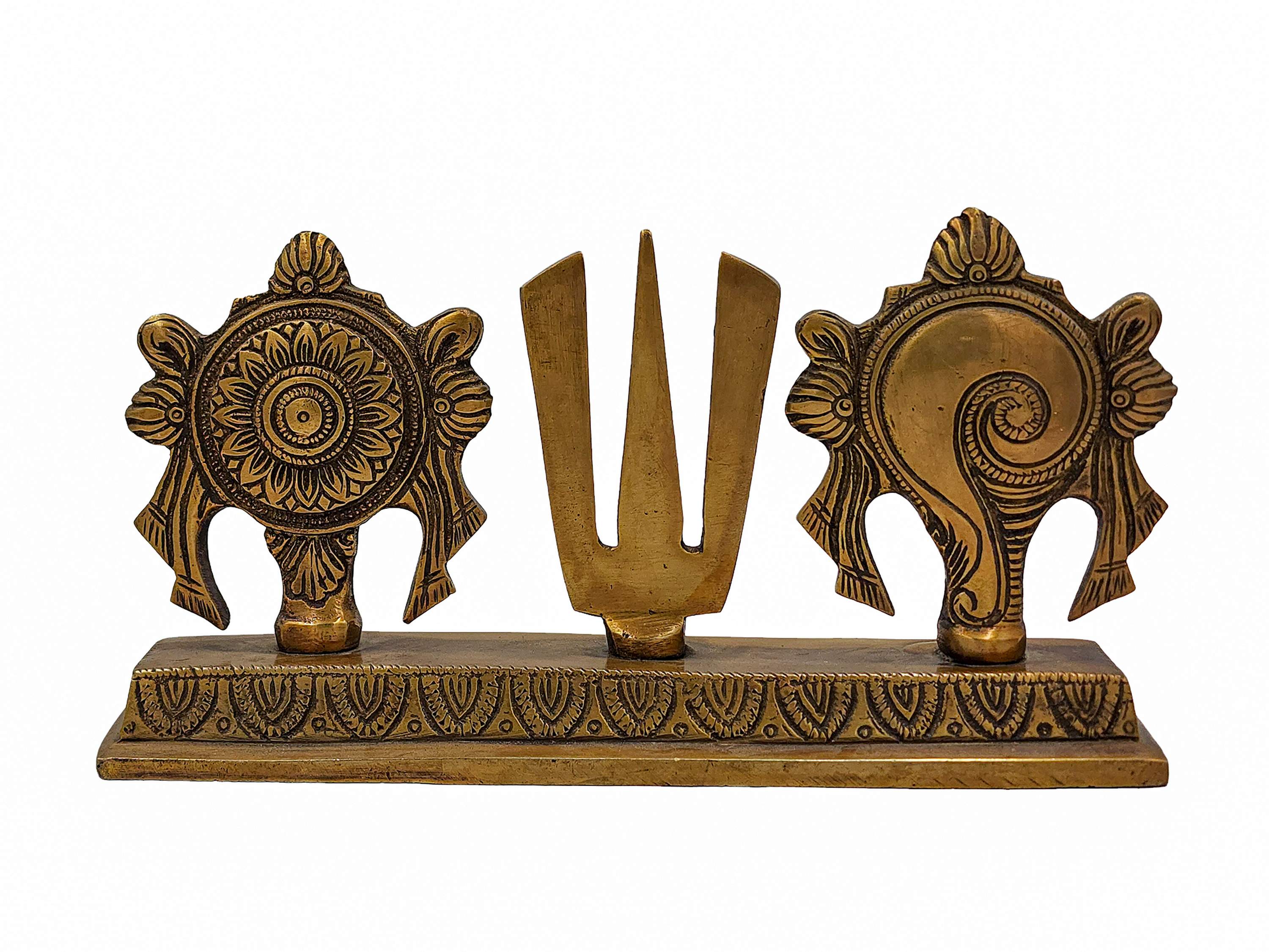 of Ashtamangala, Sand Casting, Glossy Finishing" title="Buddhist Handmade Statue
of Ashtamangala, Sand Casting, Glossy Finishing" title="Buddhist Handmade Statue 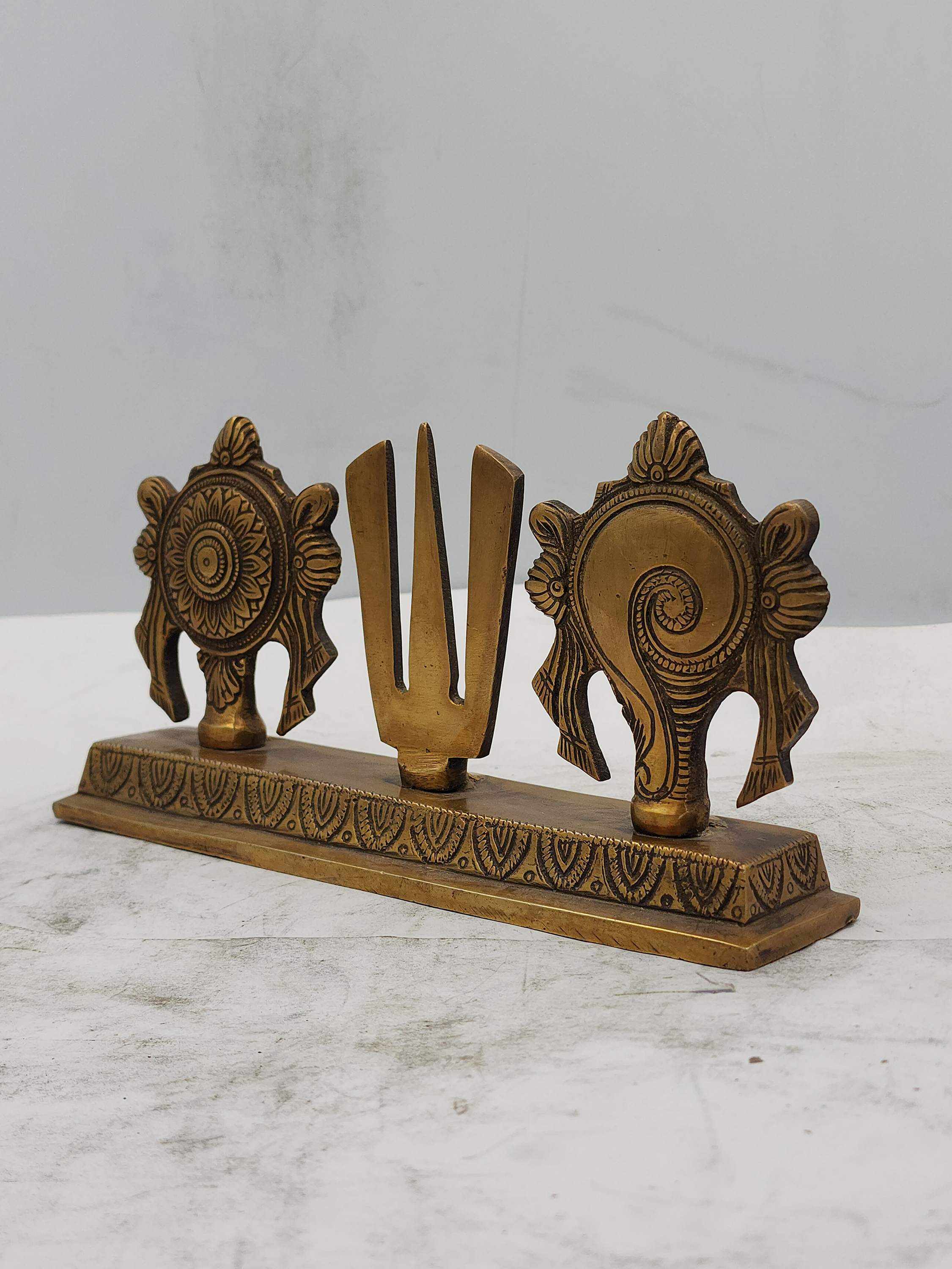 of Ashtamangala, Sand Casting, Glossy Finishing" title="Buddhist Handmade Statue
of Ashtamangala, Sand Casting, Glossy Finishing" title="Buddhist Handmade Statue  of Ox Nadhi In Glossy Finishing" title="Statue
of Ox Nadhi In Glossy Finishing" title="Statue 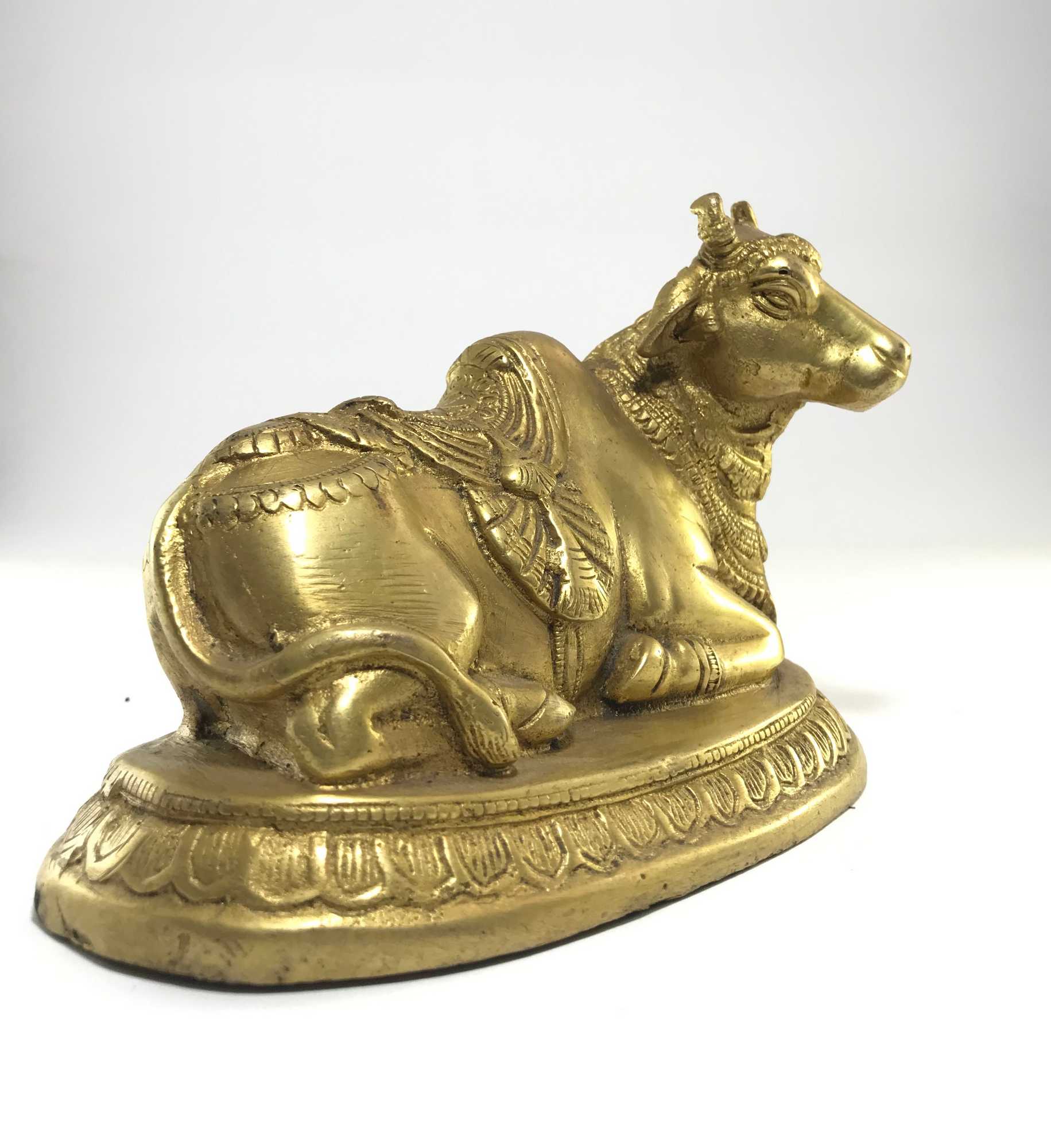 of Ox Nadhi In Glossy Finishing" title="Statue
of Ox Nadhi In Glossy Finishing" title="Statue 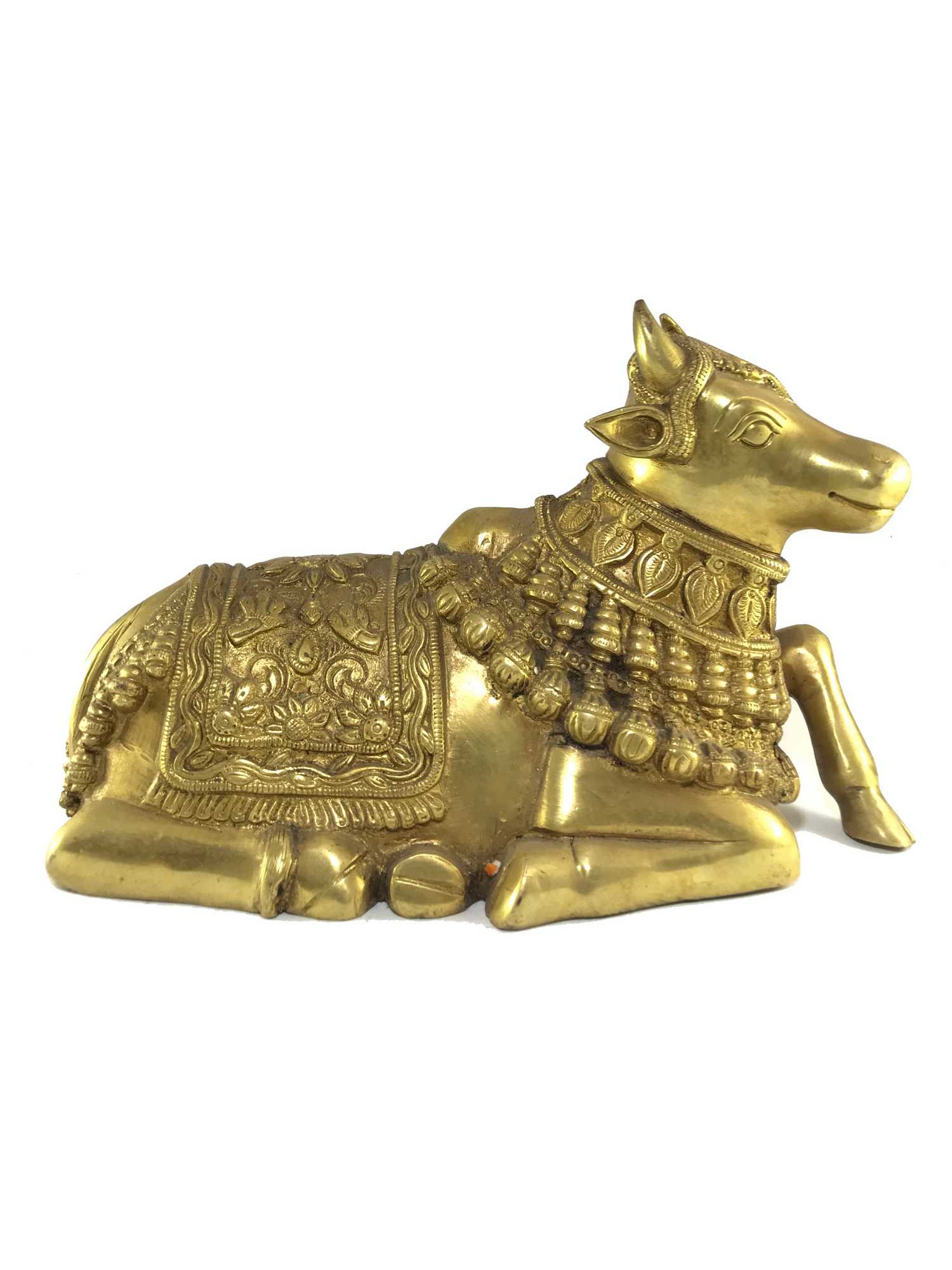 of Nandi Ox" title="Statue
of Nandi Ox" title="Statue 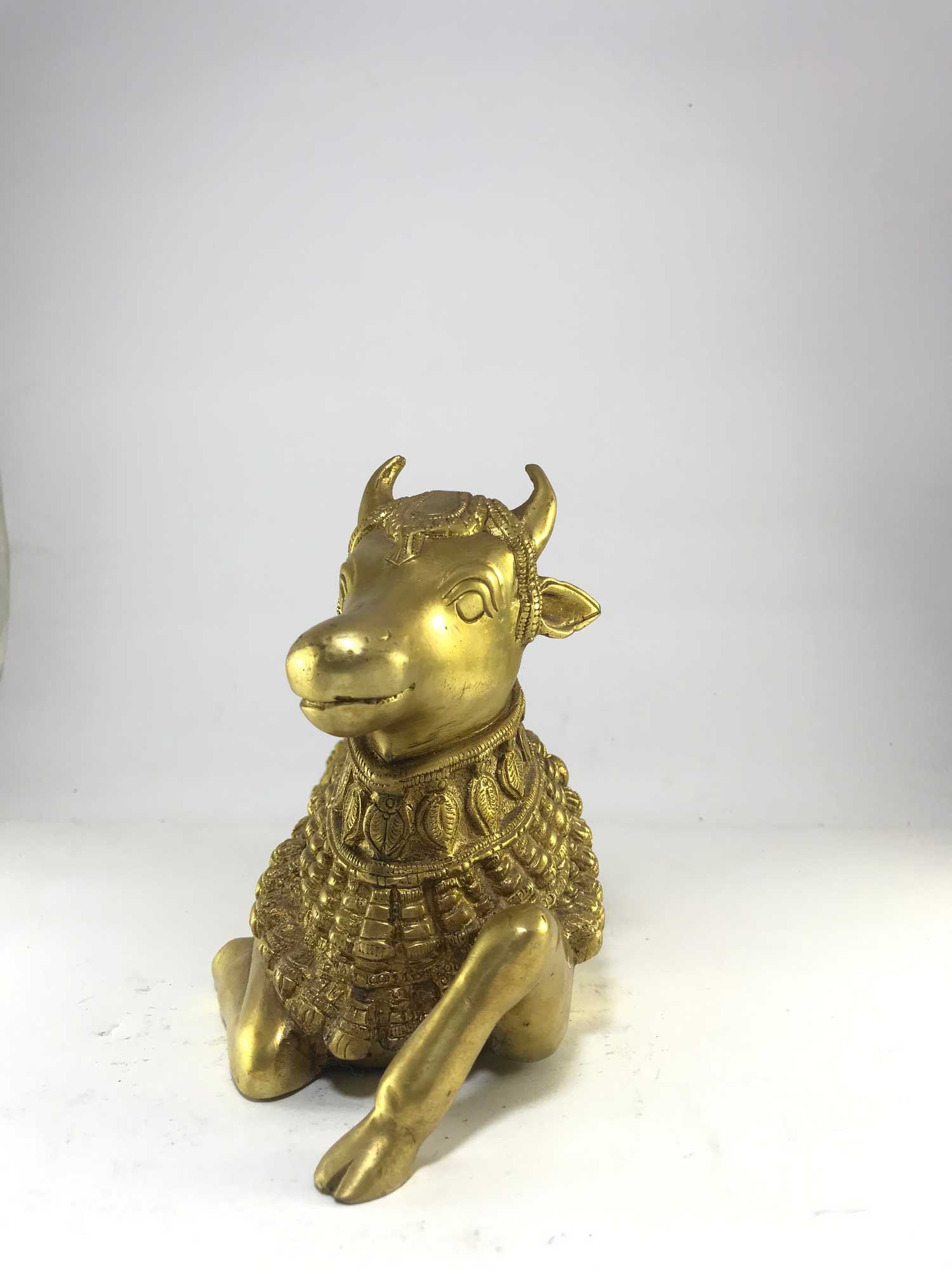 of Nandi Ox" title="Statue
of Nandi Ox" title="Statue  of Nandi Ox" title="Statue
of Nandi Ox" title="Statue  of Nandi Ox" title="Statue
of Nandi Ox" title="Statue  of Barahi,
of Barahi, 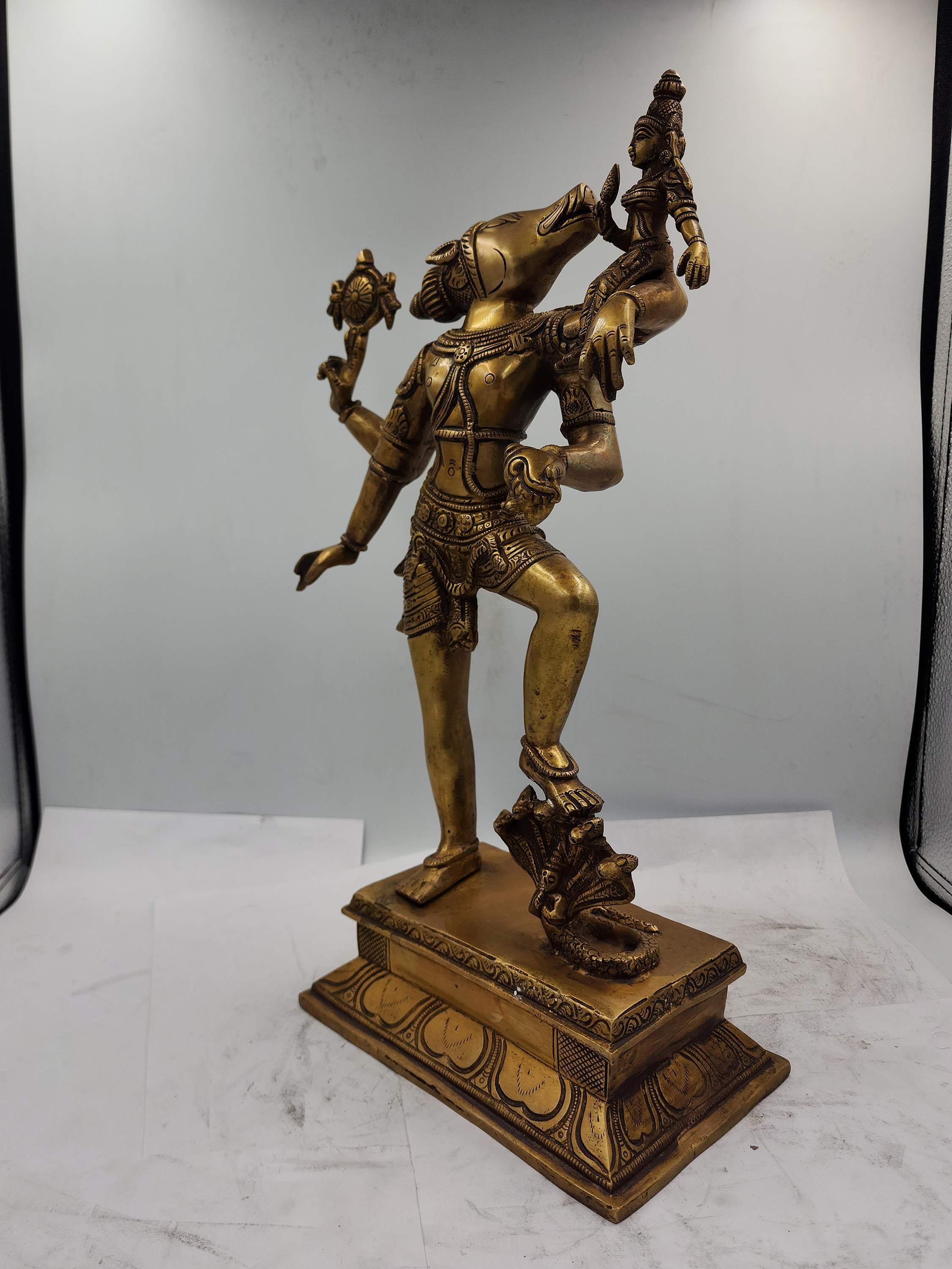 of Barahi,
of Barahi,  of Elephant Candle Stand" title="Statue
of Elephant Candle Stand" title="Statue 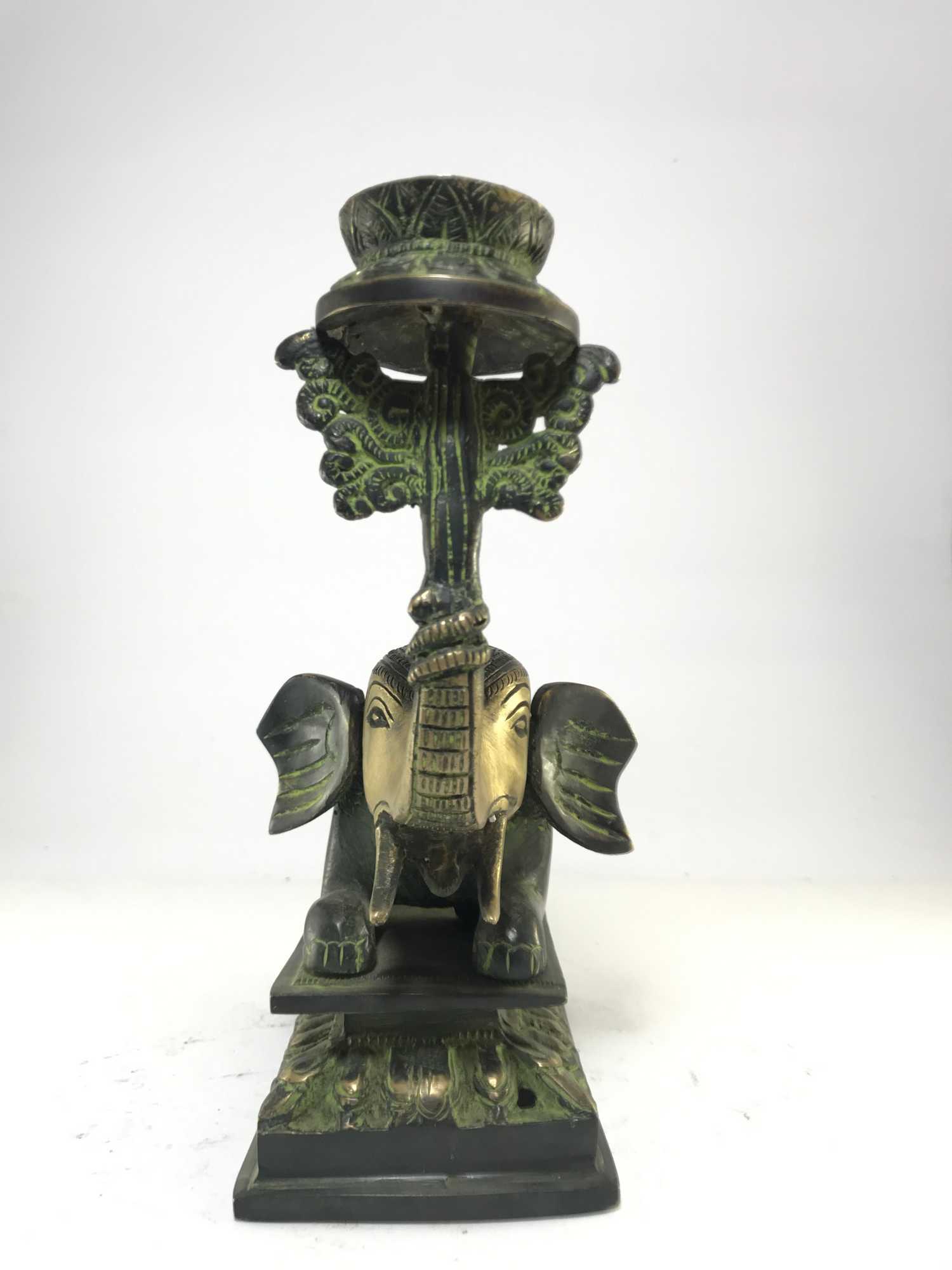 of Elephant Candle Stand" title="Statue
of Elephant Candle Stand" title="Statue 